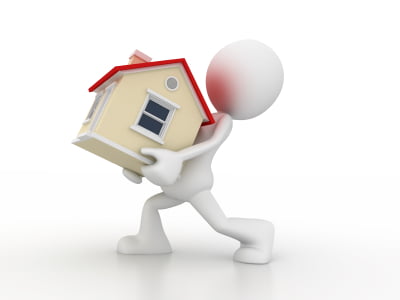This leads experts to conclude the dreaded “second wave” of defaults and foreclosures will not hit the market.
Rather, things are looking up for the California real estate market. Positive indicators include:
- rising home prices;
- more short sales and fewer foreclosures; and
- speculator interest extending beyond low-tier homes to both mid- and high-tier properties.
Related article:
first tuesday insight
Has the foreclosure crisis truly run its course? Or is a second wave still on the horizon?
Rest assured, the worst is behind us. The prevailing wisdom has it right for once — more or less. However, the reality is a bit more nuanced.
There will be a brief spurt of foreclosures once homeowners start defaulting en masse, which occurs at the tail end of every recovery. Strategic defaults will peak in 2016-2017 as the remaining negative equity owners finally throw in the towel. Underwater homeowners will get tired of waiting for their homes to appreciate beyond the current pace, coinciding with the rate of consumer inflation. Thus, there will most assuredly be more foreclosures, though they are currently trending down.
Rising home prices are primarily due to speculator interference. This rise will slow throughout 2013 as speculators slink from the market when they realize real demand is still weak.
Rather than prices, the biggest boon to the housing industry is the recovering jobs market. It takes an employed homeowner to continue making mortgage payments and avoid foreclosure.
Case in point: the largest drop in foreclosures in Q4 2012 took place in San Francisco. This area has also experienced the quickest jobs recovery of any other major metropolitan area in the state. San Francisco perfectly illustrates the correlation between jobs and real estate.
Related article:
Therefore, look not to fleeting indicators such as home prices or speculator activity for signs of future housing market performance. Instead, look first to jobs as the true fuel for the housing recovery. Once jobs return in full force (likely in 2016), expect interest rates to increase. In turn, rising interest rates will slow home sales and prices from over-accelerating — and the economy from bubbling as it did before.
Re: Number of homes entering foreclosure drops 22.1% to six-year low from the Los Angeles Times



















We could have had a jump on jobs recovery if Congress had passed the President’s jobs bill when it was first presented in 2012. That same jobs bill lies on a desk somewhere while Congress does nothing. Now they are planning to provoke another recession -all because they seem dedicated to making the President fail. Meanwhile good Americans continue to suffer.